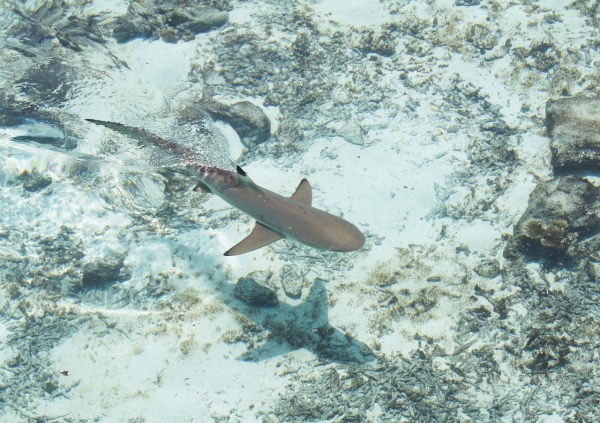A new analysis published in the journal Science reveals that overfishing has caused populations of chondrichthyan fishes – sharks, rays, and chimaeras – to decline by more than 50 per cent since 1970. To determine the consequences, a team of researchers developed an aquatic Red List Index (RLI) which shows that the risk of extinction for chondrichthyan has increased by 19 per cent. The study also highlights that the overfishing of the largest species in nearshore and pelagic habitats could eliminate up to 22 per cent of ecological functions.
Chondrichthyans are an ancient and ecologically diverse group of over 1,199 fishes that are increasingly threatened by human activities. Overexploitation by target fisheries and incidental capture (bycatch), compounded by habitat degradation, climate change and pollution, has resulted in over one-third of chondrichthyans facing extinction. Here, the RLI was used to track the status of these species over the past 50-years.
“The shark and ray RLI shows how declines first occurred in rivers, estuaries, and nearshore coastal waters before spreading across the oceans and then down into the deep sea”, said Professor Nicholas K. Dulvy at Simon Fraser University. “The sequential depletion of the largest and most functionally important species – such as sawfishes and rhino rays – was followed by the decline of large stingrays, eagle rays, angel sharks, hammerheads and requiem sharks. Eventually, fisheries turned to deepwater sharks and skates for the liver oil and meat trade”.
Photo Credit: Webkims via Pixabay
Sustainability Sci/Tech Top Stories Ecosystems Wildlife

